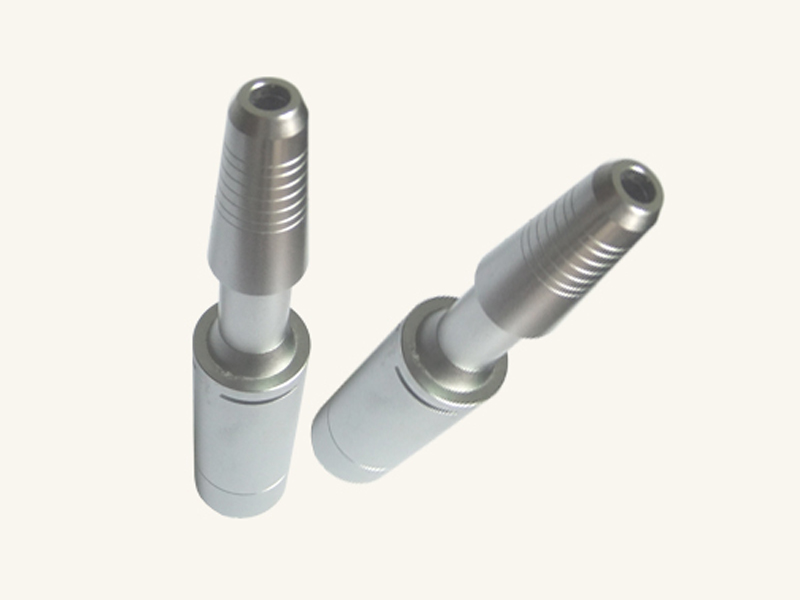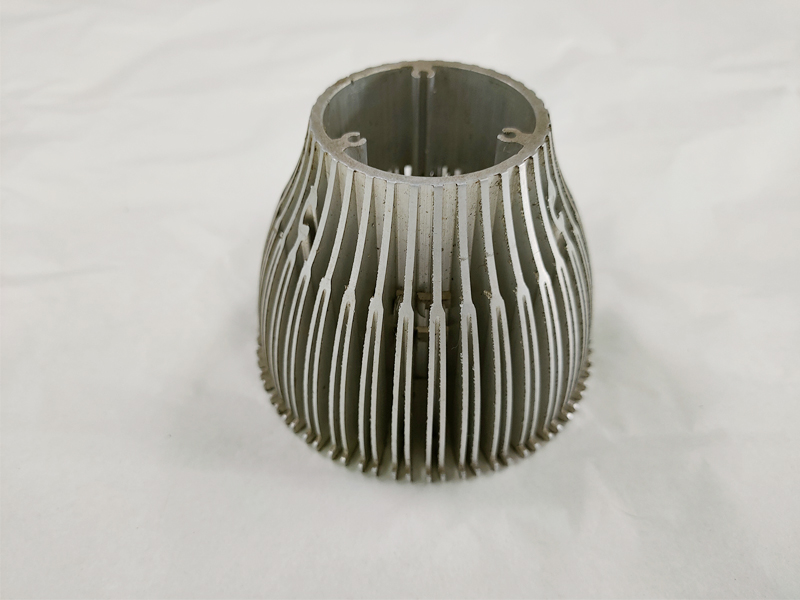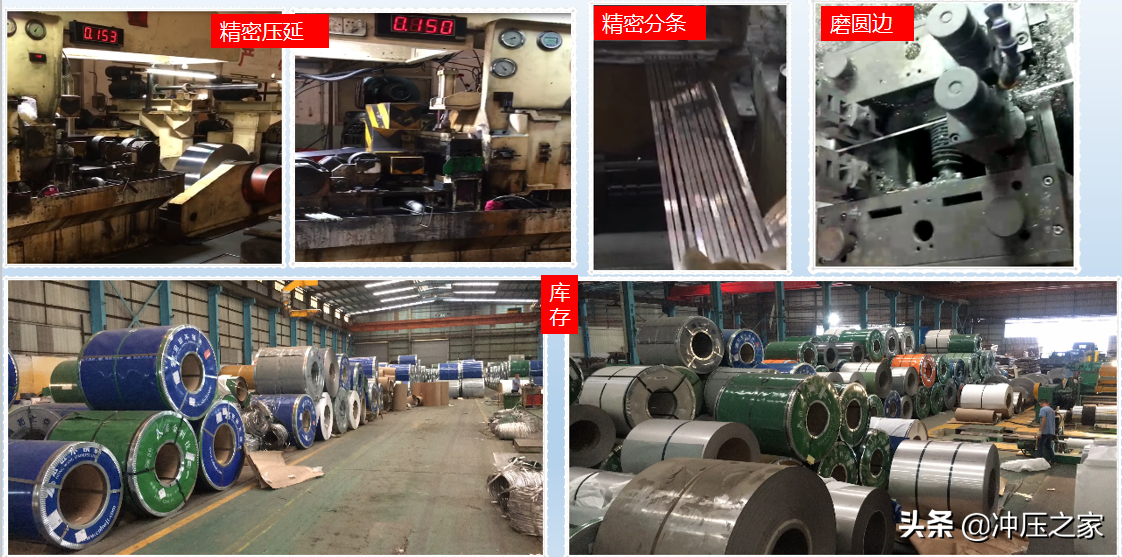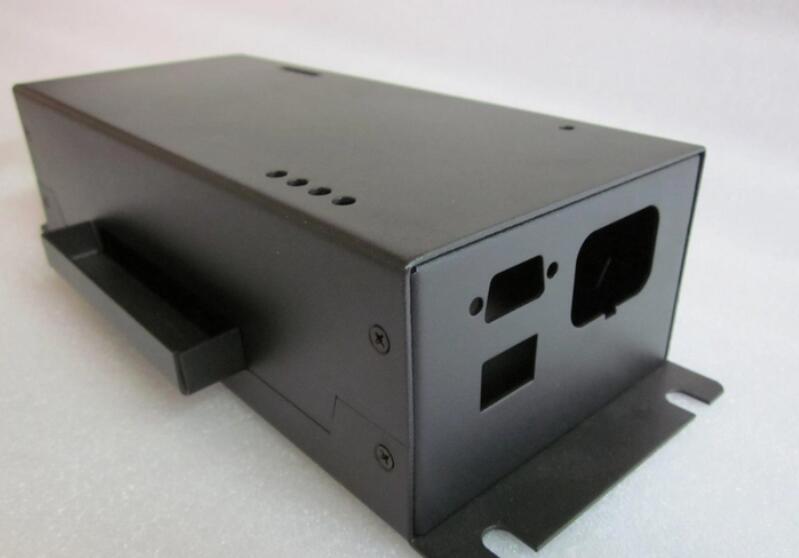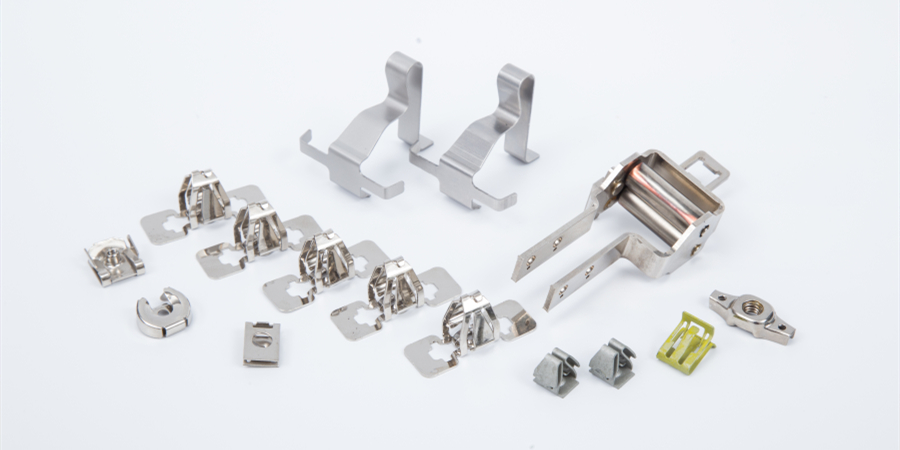When processing stamped parts, the surface of the product is often uneven and there is a concave arc surface. This situation must be solved in time, otherwise it will be a waste of materials and labor. Why is the surface of the stamped parts uneven? How to solve this problem?
1. During the general stamping process, when the blank is initially pressed by the punch, elastic warping will occur, and a concave arc surface will occur under the punch. If the gap is moderate and the shearing is carried out in time, the elastic warping will be completely eliminated. When the gap is too large, the blank is seriously tortuous and stretched at the edge, and the shearing is delayed. The warping cannot be eliminated and remains on the stamping part as a concave arc surface. When the intermembrane is too small, because the size of the stamping part falling into the hole of the concave die is slightly larger than the size of the hole, the workpiece is squeezed and warped, forming a concave arc surface. The way to eliminate it is to set up blank holder equipment (such as elastic discharge plate) and elastic top material equipment on the stamping die to suppress elastic warping. When the gap is small, dressing the stamping gap can eliminate the concave arc surface of the workpiece. 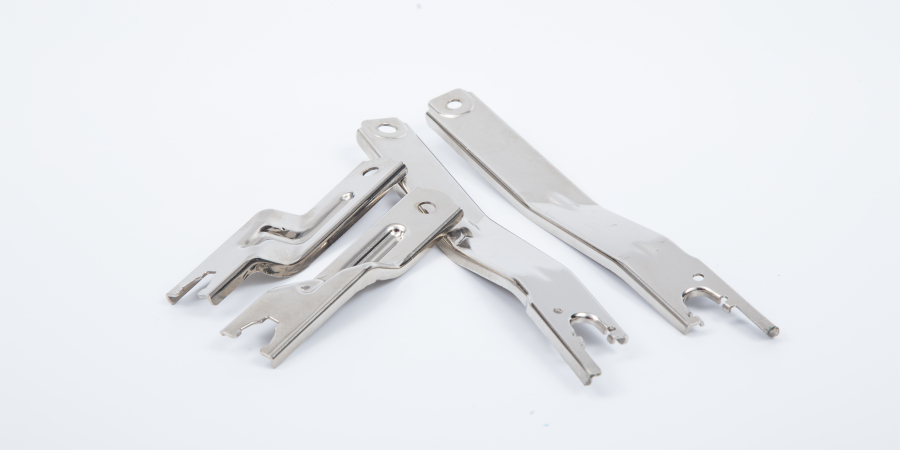
2. The straight wall section of the die hole has a reverse taper or the contact area between the top plate and the workpiece is small, resulting in a concave arc surface of the workpiece. The way to eliminate it is to repair the reverse taper of the die hole wall and replace the top plate.
3. When the shape of the stamping part is messy, the workpiece warping is uneven due to the uneven stamping pressure around the workpiece. Precision stamping parts processing plants can try it by increasing the blank holder force.
4. When there is oil, air or debris between the die and the stamping part, it will also cause the stamping part to flex, especially for thin and soft workpieces. The way to eliminate it is to pay attention to strengthening the cleaning work. When there is air, a vent hole can be designed on the die.
This article is from EMAR Mold Co., Ltd. For more EMAR related information, please click: www.sjt-ic.com!


 Spanish
Spanish Arabic
Arabic Spanish Basque
Spanish Basque Portuguese
Portuguese Belarusian
Belarusian Japanese
Japanese Russian
Russian Icelandic
Icelandic Bulgarian
Bulgarian Azerbaijani
Azerbaijani Estonian
Estonian Irish
Irish Polish
Polish Persian
Persian Boolean
Boolean Danish
Danish German
German French
French Filipino
Filipino Finnish
Finnish Korean
Korean Dutch
Dutch Galician
Galician Catalan
Catalan Czech
Czech Croatian
Croatian Latin
Latin Latvian
Latvian Romanian
Romanian Maltese
Maltese Malay
Malay Macedonian
Macedonian Norwegian
Norwegian Swedish
Swedish Serbian
Serbian Slovak
Slovak Slovenian
Slovenian Swahili
Swahili Thai
Thai Turkish
Turkish Welsh
Welsh Urdu
Urdu Ukrainian
Ukrainian Greek
Greek Hungarian
Hungarian Italian
Italian Yiddish
Yiddish Indonesian
Indonesian Vietnamese
Vietnamese 简体中文
简体中文 Haitian Creole
Haitian Creole

